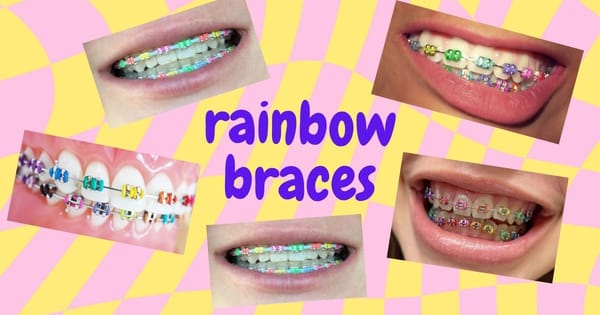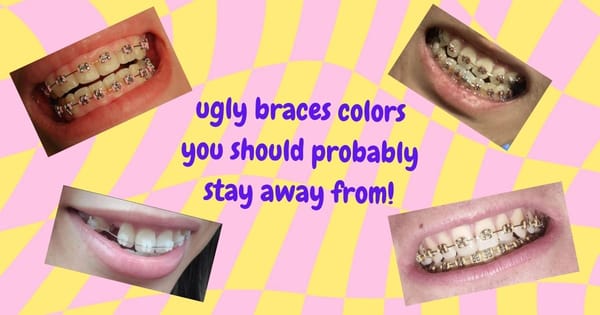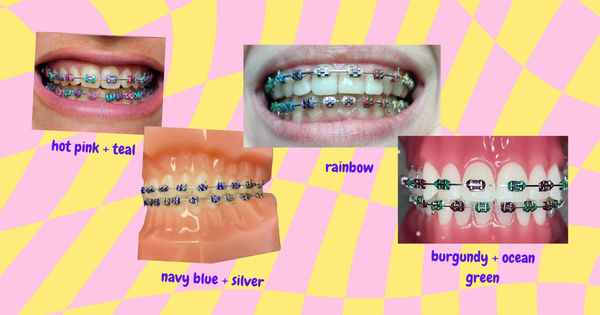Prince Harry's Teeth: Royal Smile Secrets

Let's talk royal smiles today. We've chatted about the gorgeous transformations of Kate Middleton, the Princess of Wales, and the dazzling Hollywood smile of Meghan Markle, Duchess of Sussex.
But what about Prince Harry?
As one of the most photographed men in the world, his smile has also been under scrutiny, and his dental journey has some interesting twists and turns.
There's always that cheeky stereotype about "British teeth," right? While it's mostly playful banter (and often tied to different dental system priorities, which we'll get into!), it makes looking at the royals' smiles even more fascinating.
Harry's story involves braces, a noticeable chip, and a refreshingly natural approach in an era often dominated by ultra-perfect veneers.
So, grab your tea (or coffee!), and let's dive into Prince Harry's dental history from my perspective behind the chair.
Phase 1: Straightening Things Out – The Brace Face Era
Like many teenagers, Prince Harry needed some orthodontic help. Photos from his younger years clearly show him sporting clear braces with a metal wire.
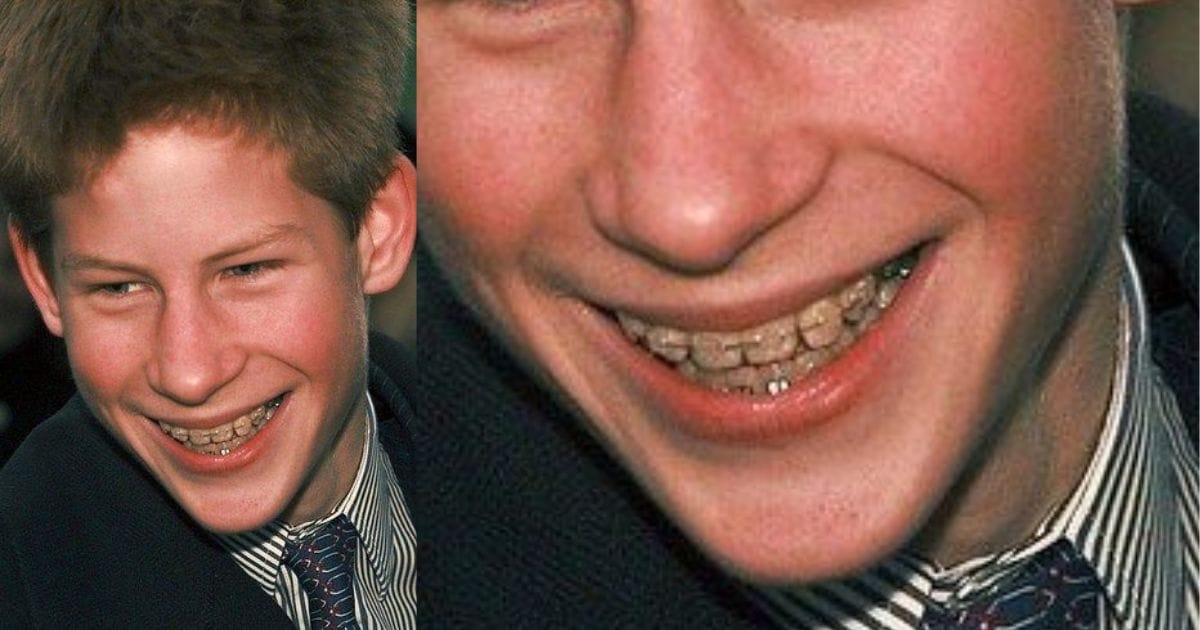
He opted for clear ceramic brackets paired with a traditional metal archwire.
This is often seen as a more aesthetic choice compared to full metal braces, as the brackets blend in more with the natural tooth color.
Let's be real for a second, though – braces are braces!
While clear brackets are less obvious from a distance, up close, you can still tell someone's undergoing treatment. I remember having clear brackets myself, thinking I was being subtle, but my friends definitely still called me brace face!
Still, for someone growing up in the intense royal spotlight, choosing the less conspicuous option makes total sense.
Braces work by applying gentle, continuous pressure to guide teeth into better alignment, correcting issues like crowding, spacing, crookedness, and bite problems.
Both Prince Harry and his brother, Prince William, had orthodontic treatment, suggesting it was likely a priority for ensuring good oral health and a presentable smile within the family.
We know Kate Middleton also had braces, so it seems like optimizing alignment is pretty standard procedure for the younger royals.
Getting orthodontic work done young provides a great foundation for lifelong dental health.
Straight teeth are generally easier to keep clean, reducing the risk of cavities and gum disease. It also sets up a good bite, which can prevent jaw issues and excessive wear later in life.
Phase 2: Oops! The Chipped Tooth Incident
Life happens, even to princes! Sometime after his braces came off, photos revealed Prince Harry had chipped one of his upper front teeth – specifically, a central incisor.
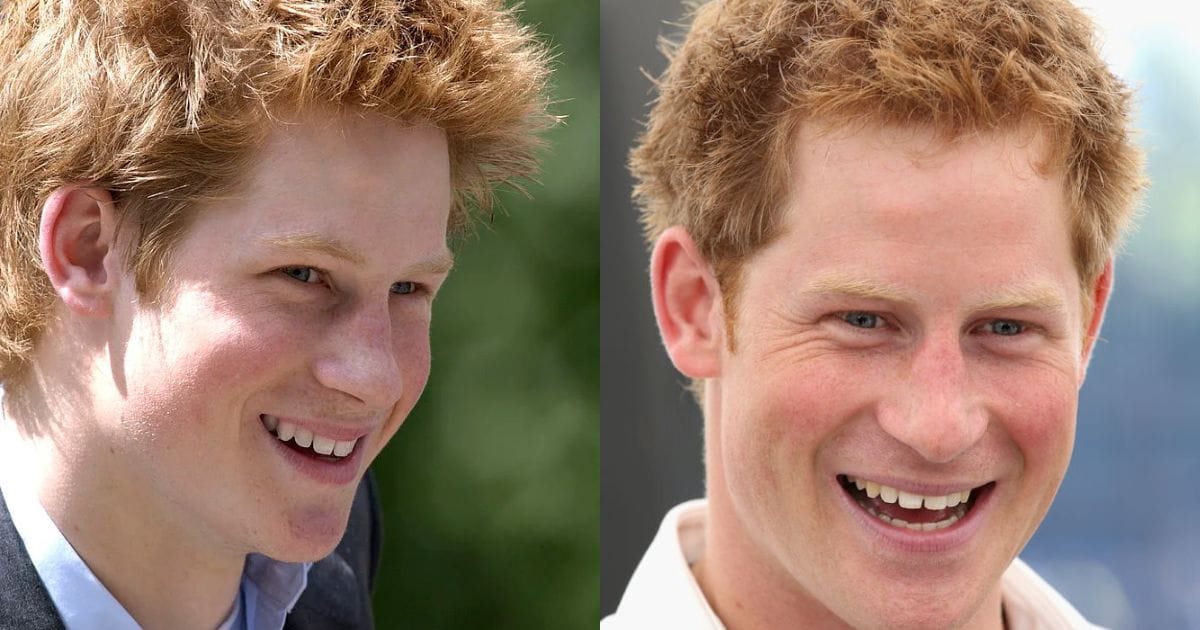
It wasn't a massive fracture, but definitely noticeable, especially on a front tooth.
Front tooth chips are super common.
Think sports injuries (a stray elbow in polo, perhaps?), biting down on something hard unexpectedly (like ice or a popcorn kernel), an accidental knock, or even just weakening of the enamel over time.
We don't know the exact cause of Harry's chip, but it's a relatable dental mishap.
I'll never forget a patient, a young athlete, who came in totally distraught after chipping his front tooth right before prom – we managed a quick bonding fix, and the relief on his face was huge.
Chipping a front tooth can feel quite significant aesthetically.
Along with the chip, there might have been a tiny gap, or diastema, near the chipped tooth, or the chip itself might have created the illusion of a space.
It added a little "character," shall we say, but it was definitely an imperfection by typical aesthetic standards.
Phase 3: The Repair – Smoothing Things Over
The chip didn't stay forever. Later photos show that the rough, chipped edge was addressed. However, the fix seems to have been quite conservative.
Based on the visual evidence, it looks like the most probable solution used was simple smoothing or reshaping of the enamel, a procedure called enameloplasty.
This involves carefully polishing away the sharp or rough edges of the chip to make it blend better.
The advantage of enameloplasty is that it's super minimally invasive – no bonding materials, no anesthesia needed, just smoothing the existing tooth structure.
The disadvantage?
You're removing a tiny bit of tooth structure. In Harry's case, this seems to have resulted in the chipped tooth appearing slightly shorter than its neighboring central incisor. This subtle asymmetry remained.
Another common way to fix chips is dental bonding, where tooth-colored composite resin is sculpted onto the tooth to replace the missing part.
This would have restored the tooth to its original length and shape. Why might Harry (or his dentist) have opted for simple smoothing instead?
Perhaps the chip was minor enough that smoothing felt sufficient.
Bonding looks great initially but can stain over time and may need repairs or replacement every 5-10 years. Maybe he preferred a zero-maintenance, albeit slightly imperfect, solution.
Smoothing keeps it 100% his natural tooth, just reshaped. Bonding adds a restorative material. It could be a personal preference for avoiding anything "added" or "artificial."
Phase 4: The Present Day – Sticking with Natural
And this brings us to Prince Harry's smile today. Despite the slight asymmetry from the smoothed chip, and perhaps not having the blindingly white shade often seen in Hollywood, Prince Harry appears to have kept his natural teeth.
There's no sign of veneers or extensive cosmetic work.
This is perhaps the most striking point, especially when compared to his wife, Meghan Markle, who sports a flawless, bright white smile that almost certainly involves veneers (as we discussed in her dedicated post!).
Harry's teeth look healthy, the alignment from his braces seems to have held up reasonably well (though continued retainer wear, possibly like the permanent one rumoured for William, is key for long-term stability), but they look... real.
You can see natural colour variations, texture, and that slight length difference in the front.
From my chair, I see people agonize over tiny imperfections. So why would a prince, with access to the best dental care, choose not to perfect that chipped tooth or get veneers for a more uniform look?
Authenticity: Maybe he simply doesn't feel the need. His smile is part of his look, slight imperfection and all. It feels authentic.
Lower Hollywood Pressure: While still incredibly famous, the day-to-day aesthetic pressures on British royals might differ from those on Hollywood actors or LA-based celebrities. The expectation might lean more towards healthy and presentable rather than dazzlingly perfect.
Personal Comfort: He might just be comfortable with his smile as it is! Confidence doesn't always require cosmetic perfection.
My Philosophy: Honestly, I love this. As someone passionate about promoting the acceptance of natural beauty, I find it refreshing. It sends a message that you don't have to chase that generic "perfect" smile. A healthy, authentic smile has its own unique charm.
The Cost Factor: UK vs. US Smile Expectations?
This brings us to a really important point: the cost and accessibility of cosmetic dentistry in the UK versus, say, the US.
- NHS vs. Private: The UK's National Health Service (NHS) provides excellent basic dental care, covering necessary treatments to keep teeth and gums healthy. However, purely cosmetic procedures like veneers or extensive whitening are generally not covered. They fall under private dentistry, which can be incredibly expensive.
- The £37k Example: That Reddit comment mentioning someone paying £37,000 (roughly $47,000 USD!) for new teeth highlights the significant financial barrier. In the US, while still costly, cosmetic dentistry is perhaps more culturally normalized, especially in certain circles, and financing options might be more readily available or pursued.
- Impact on Trends: This cost difference likely contributes to why you might see fewer people in the UK opting for full sets of veneers compared to US celebrities. It's simply out of reach for the average person. While Harry certainly could afford any treatment he wanted, the general cultural context might place less emphasis on achieving that "Hollywood smile."
What Could He Have Done? (Hypothetical Costs)
Let's play devil's advocate. If Harry had wanted a more "perfected" smile, what were his options, and what might they cost (using US averages for comparison)?
- Option 1: Bonding the Chip: Repairing the chip on that one central incisor with composite bonding.
- Pros: Restores shape/length, minimally invasive initially.
- Cons: Needs maintenance/replacement, can stain.
- Estimated Cost: $300 - $800 for one tooth.
- Option 2: Single Veneer: Placing one porcelain veneer on the chipped/shorter tooth to match its neighbor perfectly.
- Pros: Durable, stain-resistant, excellent aesthetics.
- Cons: Requires some tooth preparation (shaving), getting a single veneer to perfectly match adjacent natural teeth is technically demanding (requires a very skilled dentist/lab).
- Estimated Cost: $1,000 - $2,500 for one tooth.
- Option 3: Pair of Veneers: Placing veneers on both upper central incisors for perfect symmetry and potentially a brighter shade.
- Pros: Guarantees symmetry and matching appearance between the two front teeth.
- Cons: More invasive than bonding, higher cost.
- Estimated Cost: $2,000 - $5,000 for two teeth.
- Option 4: Full Upper Veneers (8-10 teeth): Going for the full "smile makeover" look often seen on celebrities.
- Pros: Complete uniformity in shape, colour, alignment.
- Cons: Most invasive, highest cost, loss of natural tooth character, lifelong replacement needed.
- Estimated Cost: $8,000 - $25,000+
Given that he chose none of these, sticking with the simple smoothing, it reinforces the idea that a full cosmetic overhaul wasn't his priority.
Final Thoughts: A Royal Nod to Natural Smiles
Prince Harry's dental journey is a great counterpoint to the high-gloss transformations we often see.
He utilized orthodontics for health and alignment, addressed a minor injury conservatively, and seems perfectly content with a natural, healthy, slightly imperfect smile.
It's a reminder that:
- Braces are a great investment in long-term oral health.
- Minor imperfections don't necessarily need "fixing" if they don't bother you or impact function.
- Choosing not to get cosmetic work can be as valid a choice as opting for it.
- Cultural context and accessibility play a big role in dental trends.
While I spend my days helping people achieve smiles they love, often involving cosmetic enhancements, I have huge respect for those who confidently rock their natural look.
Prince Harry's smile might not fit the Hollywood mould, but it's authentic, healthy, and uniquely his. And in my book, that's something to smile about.
What do you think? Do you prefer Harry's natural look or the more perfected smiles often seen in the celebrity world? Let me know your thoughts below!


